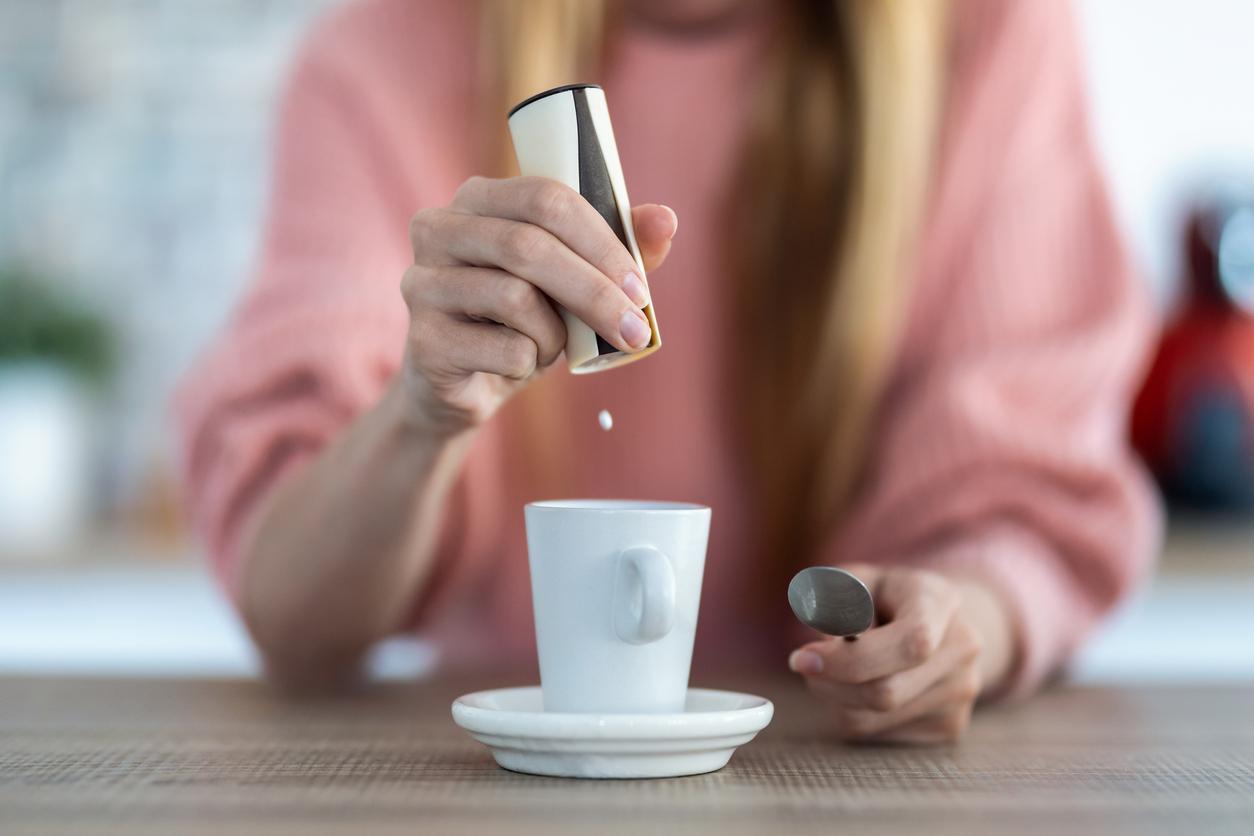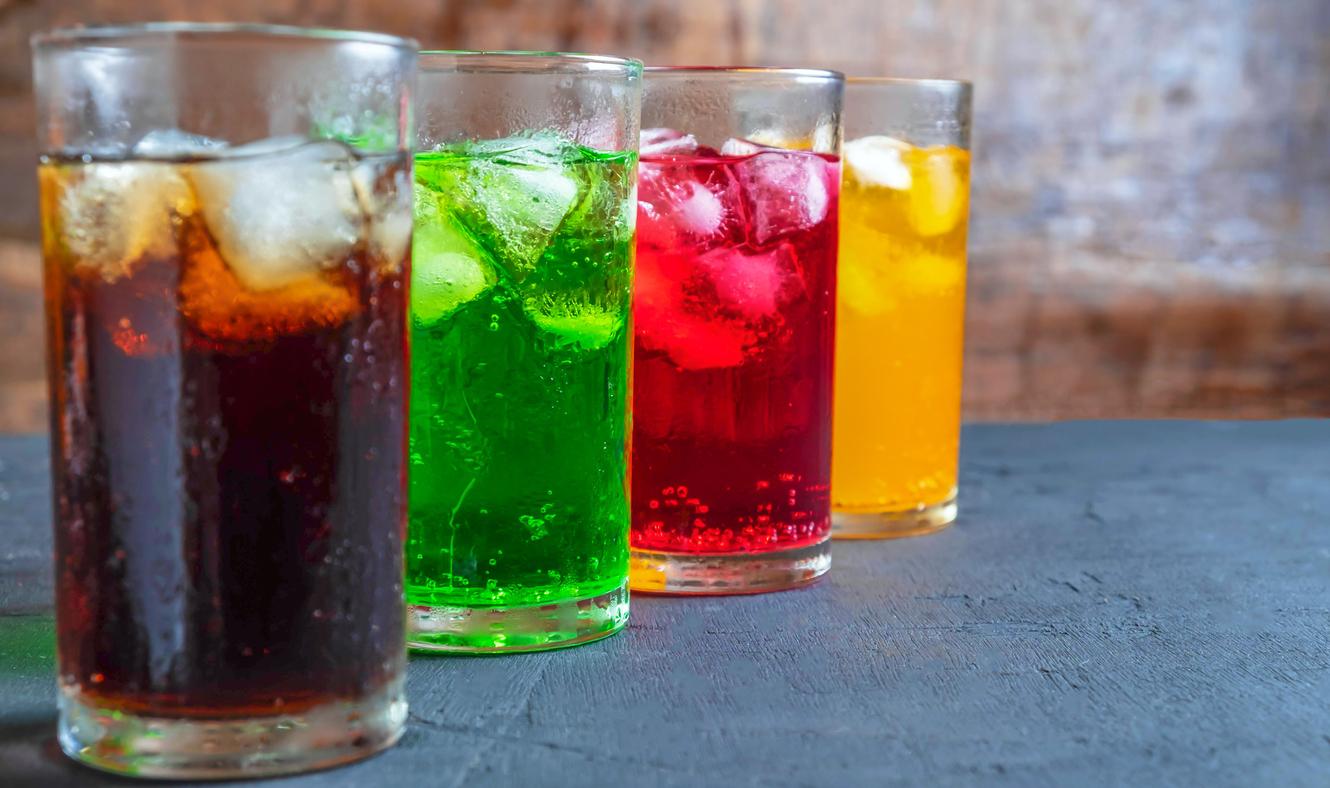The recipes that give the best results
All those which do not require any cooking, such as mousses, charlottes, in which the sugar is only used … to sweeten. “Egg whites whipped to snow with powdered sweetener gain texture and rise easily,” explains Sébastien Perbost. Result: the foams hold together perfectly. »Also perfect for desserts such as rice pudding, flour-based dessert creams, custard, poached fruit… which do not need to rise or brown.
Which recipes can be frankly missed?
Those where sugar occupies a preponderant place. “If the meringues are crunchy,” explains Sébastien Perbost, “it’s thanks to the sugar. With a sweetener, they will look withered and spongy. Ditto for the sponge cake, elastic and pale, the cakes type cakes, not as dense. For these, it is better to use fructose, obtained from fruits and sold in the dietetic department. It provides 400 Cal per 100 g like sugar. But since its sweetening power is high, we use less. And, in pastry, the result is close to that of sugar.
Are we really saving calories?
Undeniably! The calorie reduction can reach 25% for a clafoutis or 45% for a pastry cream. “Obviously, if you choose to make room for sweeteners, you have to be consistent and also reduce fat and portions,” says Pierre Azam. It’s not about turning sweeteners into an alibi and just eating anything. They must be a tool to limit your sugar intake. “
What about liquid sweeteners?
They sweeten as much as powders, but should be reserved for recipes rich in water: granitas, cold soups, sorbets, fruit salads, compotes… In pasta, they add moisture and harm the texture.
How to calculate the quantities to use?
Weigh 10 g of powder per 100 g of sugar. Sweetener pastries usually cook a little faster. On average, cookies are ready two to three minutes earlier, and cakes eight to ten minutes.
The pleasure of sugar without its drawbacks
We agree: nothing beats a real pastry, with real butter, real sugar … even if it means moderating yourself if you watch your figure. But in diabetics or people following a strict diet, a few tens of grams of sugar less in a dessert is not negligible.
The solution ? Sweeteners.
“At a time when France is nearly 20% obese, it may be interesting to bring the pleasure of sugar without its drawbacks,” underlines Pierre Azam, nutritionist. An idea put into practice more than 30 years ago by some cooks, including the three-star chef Michel Guérard, a pioneer of slimming cuisine. Since 1976, he has been designing diet menus for the restaurants of the Chaîne thermale du soleil and treating curists with light desserts… with aspartame. Despite controversies regarding their health effects, one thing is certain: more and more of us are using them for cooking.
Why don’t the cakes look the same?
If you have already tried the experiment, you have undoubtedly noticed it: funny face this sponge cake! All flat, pale … Taste side, it’s a little disappointing too. An aftertaste, a flavor that is not sweet enough if the preparation has been left in the oven for a little while… But that was before. Today, manufacturers have reviewed their composition and are offering new molecules that give better results.
Chemically different, sweeteners and sugar do not behave the same. In baking, sugar is used to swell, thicken, flavor, brown … The crunch on the surface of a cake, that’s it. The smoothness of a jam, again him. The gold of a madeleine, always him. “Sweeteners do not have the same properties,” explains Sébastien Perbost, pastry chef. Unlike sugar, they have neither density nor volume and must be “swollen” using bulk agents (maltodextrin, dextrose, etc.) in order to be able to be handled in the kitchen. This is why they do not add “body” to the preparations. This is why some people add a tablespoon of maple syrup to their sweetened recipes in order to tint and flavor them slightly.


















